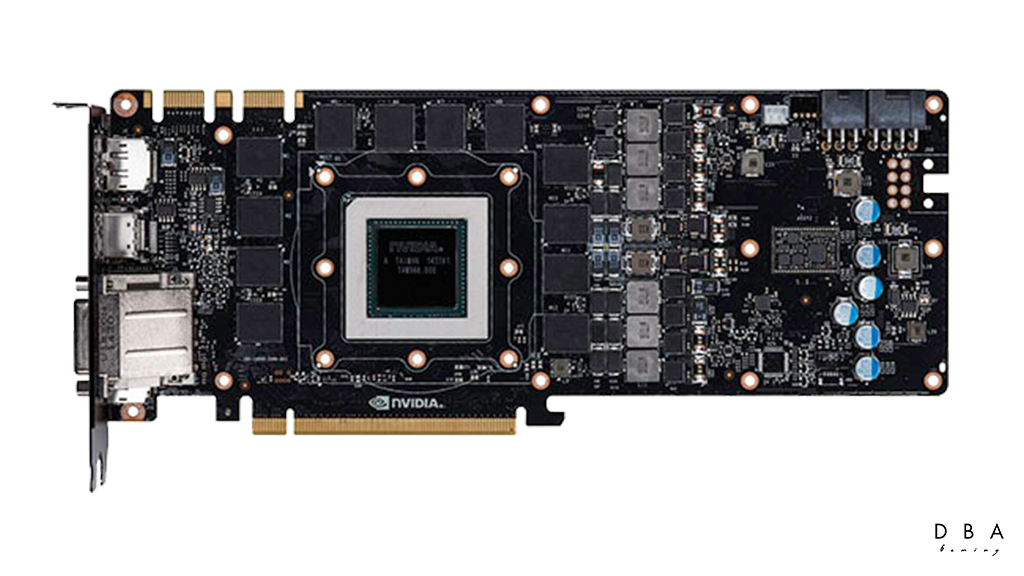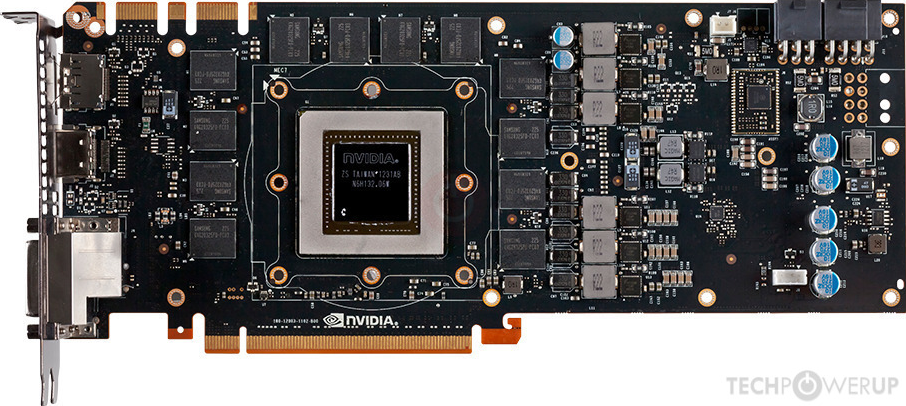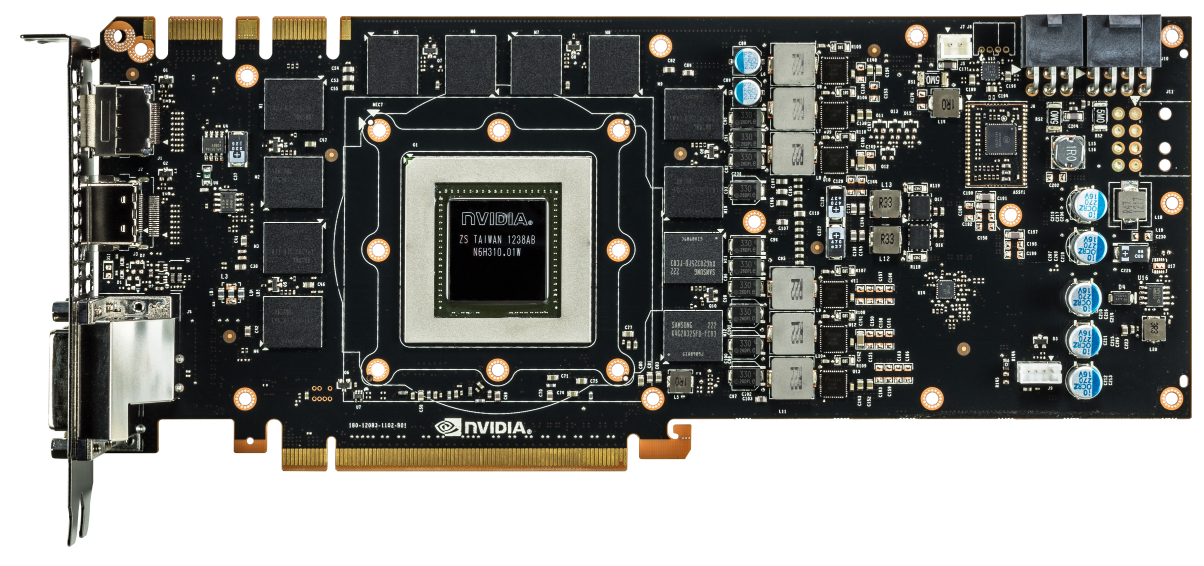Hello,
So my GTX TITAN FE recently died and I’m hoping that someone with more experience can help me. The first thing i did with the gpu when it died was checking for components that were physically damaged but I didn’t find anything. After that i decided to measure resistance on each rail and i noticed that i have a straight short when measuring at the inductor, close to the buck converter (APW7142). The 7, 8th pin from the IC is supposed to output around 3.3v and it passes through that inductor that I measured earlier. The normal resistance there should be around 2k ohm so there’s definitely something wrong. I decided to remove the chip and check resistance again but no luck.. I don’t know much about this pcb and have no clue which components use the 3.3v.
I’m hoping that someone could help me with this, Any help would be appreciated.
Kind regards,

So my GTX TITAN FE recently died and I’m hoping that someone with more experience can help me. The first thing i did with the gpu when it died was checking for components that were physically damaged but I didn’t find anything. After that i decided to measure resistance on each rail and i noticed that i have a straight short when measuring at the inductor, close to the buck converter (APW7142). The 7, 8th pin from the IC is supposed to output around 3.3v and it passes through that inductor that I measured earlier. The normal resistance there should be around 2k ohm so there’s definitely something wrong. I decided to remove the chip and check resistance again but no luck.. I don’t know much about this pcb and have no clue which components use the 3.3v.
I’m hoping that someone could help me with this, Any help would be appreciated.
Kind regards,

![[H]ard|Forum](/styles/hardforum/xenforo/logo_dark.png)


